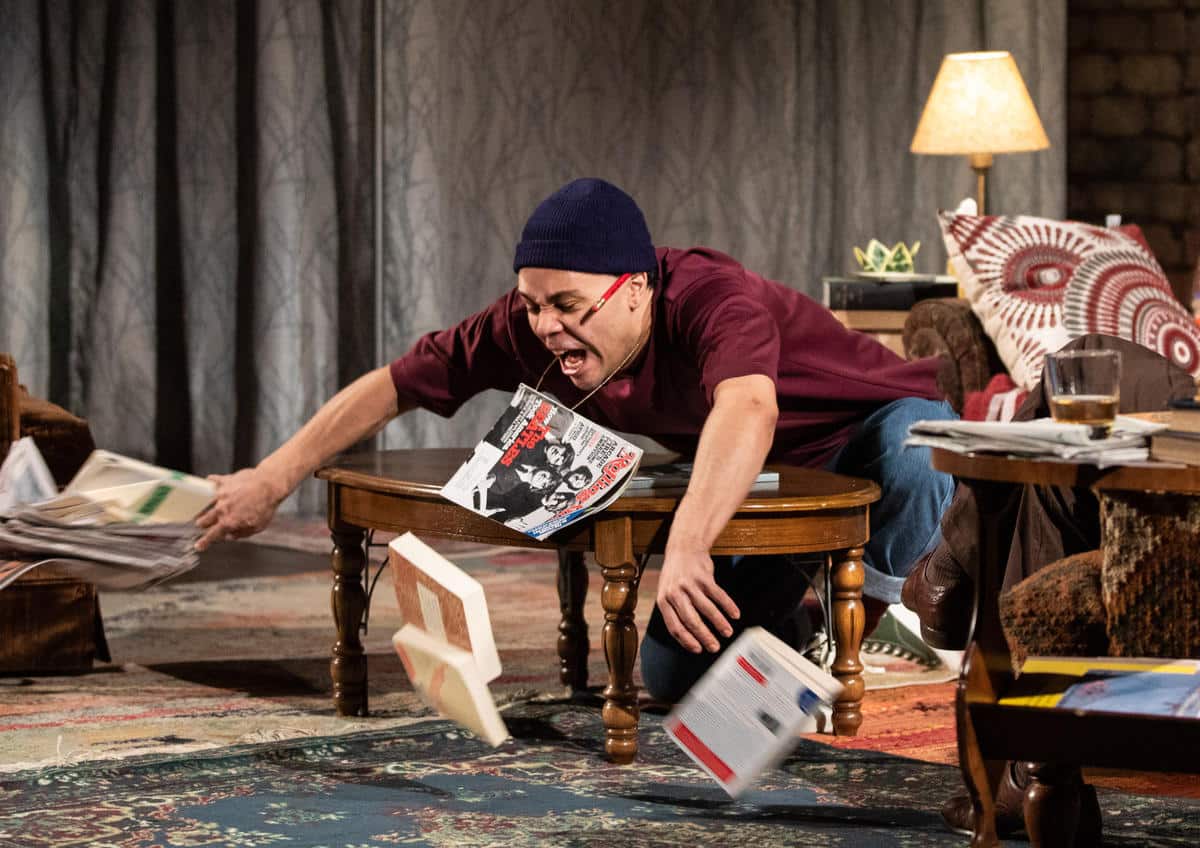Considered a lesser-known work by the ‘A Raisin in the Sun’ author, ‘The Sign in Sidney Brustein’s Window’ makes its PNW debut at Erickson Theatre.
What does it mean to live your values — to go beyond declarations, bumper stickers and yard signs? The late playwright Lorraine Hansberry (1930-1965) delved into this prickly issue in her New York-set play The Sign in Sidney Brustein’s Window, staged for the first time in 1964, when the civil rights movement was reaching peak tension. But if you ask Seattle theater director Ryan Guzzo Purcell, the play is more than relevant for today’s Seattle.
Sidney Brustein is a well-meaning but flawed white liberal — and The Sign (at Capitol Hill’s Erickson Theatre, through Feb. 25) is a cutting but nuanced sociopolitical slice of life about the limits of liberal idealism and the pitfalls of compromise. Set in the 1960s bohemia of Greenwich Village, the play is being restaged as a timeless drama, co-produced by local theater companies Intiman Theatre and The Williams Project.
“One of the things that I’m really interested in, in this play, is this idea that the political is personal — or should be personal,” says Purcell, The Sign’s director and also The Williams Project’s artistic director.
Brustein is a Jewish intellectual and aging idealist who tries to live an alternative lifestyle — and prefers the artsy newspaper he publishes to “stay out of politics.” But the quandary presents itself when a (Black) friend tries to convince him to put a “reform” candidate’s campaign sign in his window and, further, to endorse the candidate in his newspaper.
For 2023 Seattleites, making the political personal leads to questions like: “What does it mean to live our values around racism, your own security, around homelessness?” Purcell says. “We think about liberals who are also NIMBYs; we think about liberals who are also tacitly on board with racism, misogyny, homophobia.”
In the early 1960s, those prejudices weren’t all that different or less insidious — and neither were the “polite liberals” Hansberry sketches in the play, suggests Purcell. Hansberry — who was Black — wrote and set The Sign in a tense moment, a historic turning point: while the civil rights movement was in full swing and a feminist movement was nascent, yet the activist, countercultural years of the 1960s hadn’t quite begun.
